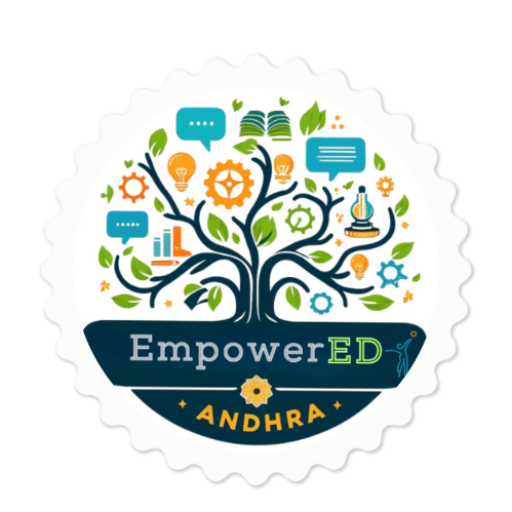The Color-Changing Milk Experiment is a fascinating way to introduce the magic of chemical reactions and molecular interactions. With just a few household ingredients, you can create a mesmerizing display of swirling colors while learning about the science behind it. This activity is perfect for students, parents, and educators looking to make science fun, interactive, and visually engaging.
What is the Color-Changing Milk Experiment?
The Color-Changing Milk Experiment demonstrates how soap interacts with the molecules in milk, creating a beautiful swirl of colors. It’s an exciting way to observe chemical reactions, understand molecular structures, and explore surface tension.
What You’ll Learn
- The basics of chemical reactions: How soap breaks down fat molecules in milk.
- The concept of surface tension: Why liquids behave the way they do on a molecular level.
- The role of molecular interactions in everyday processes like cleaning.
Materials Needed
Gather these simple materials to get started:
- Whole milk (higher fat content works best)
- Food coloring (multiple colors for the best effect)
- Dish soap
- A shallow plate or bowl
- Cotton swaps
Step-by-Step Instructions
Step 1: Prepare the Plate
- Pour a thin layer of milk into the shallow plate or bowl. Ensure the milk covers the entire bottom.
Step 2: Add Food Coloring
- Add a few drops of different food coloring near the center of the milk. Use multiple colors for a more vibrant display. Avoid stirring or shaking the milk.
Step 3: Dip the Cotton Swab in Dish Soap
- Dip one end of the cotton swab into the dish soap. Ensure it’s fully coated.
Step 4: Touch the Surface
- Gently touch the soapy cotton swab to the milk’s surface near the food coloring. Hold it in place for a moment and watch the colors burst and swirl!
What’s Happening?
This experiment demonstrates the interaction between soap, fat molecules, and surface tension:
1. Surface Tension
Milk has a high surface tension, which keeps the liquid molecules tightly packed together. The food coloring floats on top of the milk because it’s less dense and doesn’t break the surface tension.
2. Role of Soap
Dish soap is a surfactant, meaning it reduces surface tension. When soap is introduced, it disrupts the bonds between the milk’s molecules, causing the surface to ripple.
3. Fat Molecule Interaction
Milk contains fat molecules, and soap breaks them down. As the soap interacts with the fat, it creates movement, dragging the food coloring along with it and creating the swirling effect.
Real-Life Applications
The principles behind the Color-Changing Milk Experiment are applicable in many areas of science and daily life:
- Cleaning Action of Soap:
Soap molecules break down grease and fat, making them easier to rinse away. - Food Science:
Understanding molecular interactions helps in the development of food products like emulsions in salad dressings. - Surface Tension in Nature:
Surface tension allows insects like water striders to walk on water.
Science Behind the Fun: Connecting to Textbooks
For students in Class 6–9, this experiment ties directly to chemistry and biology concepts:
- Class 6 Science: Introduction to liquids and their properties.
- Class 7–8 Chemistry: Understanding the behavior of molecules and the concept of surface tension.
- Class 9 Chemistry: Explores emulsification and the role of surfactants in breaking down fats.
Extend the Experiment
1. Use Different Types of Milk
- Try skim milk, low-fat milk, or plant-based milk (like almond or soy) to observe how the fat content affects the reaction.
2. Add Oil
- Add a small layer of vegetable oil on top of the milk and observe how the soap interacts with both liquids.
3. Experiment with Other Liquids
- Try the experiment with water or juice to explore how surface tension and chemical reactions vary with different liquids.
Frequently Asked Questions
1. Why does the food coloring move when soap is added?
The soap reduces surface tension and reacts with fat molecules in the milk, creating motion that carries the food coloring.
2. Does the type of milk matter?
Yes! Whole milk works best because it has a higher fat content, which reacts more dramatically with the soap.
3. Can this experiment be done without food coloring?
Yes, but the visual effect won’t be as noticeable. The swirling motion of the milk will still occur.
Why Try This Experiment?
The Color-Changing Milk Experiment is more than just a beautiful display—it’s a fun and engaging way to explore scientific principles. It’s ideal for:
- Students: Develop a deeper understanding of chemical reactions and molecular interactions.
- Parents: Spend time with your child while encouraging their love for science.
- Educators: Use this as an eye-catching classroom demonstration to explain surface tension and surfactants.
Share Your Colorful Creations
We’d love to see your Color-Changing Milk Experiments! Take photos or videos and share them with us on social media. Use the hashtag #EmpowerEDMilkMagic to join the conversation and inspire others.
Conclusion
The Color-Changing Milk Experiment is a visually stunning and educational activity that connects science to everyday life. It’s an easy way to explore chemical reactions, surface tension, and molecular interactions while sparking curiosity and excitement in learners of all ages.
